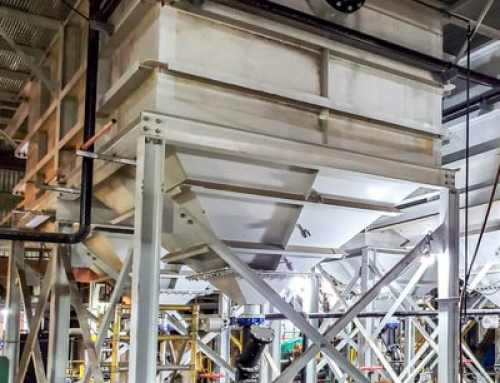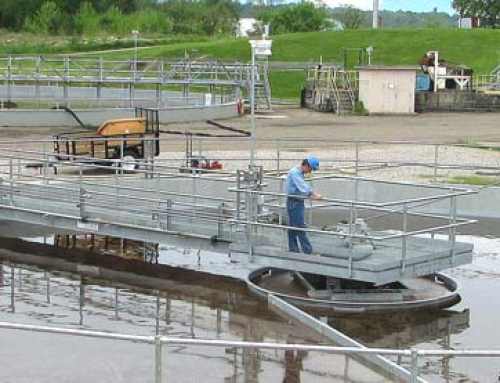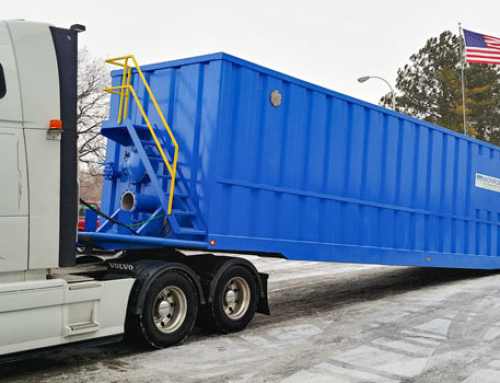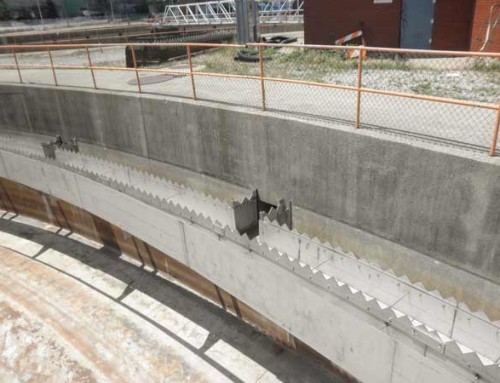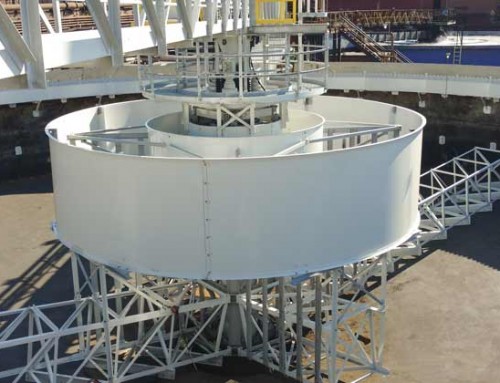
Most plants don’t separate solids from oils before an oil/water or CPI Separator. If you send solids into an OWS that isn’t capable of handling solids…you will get clogged media and low flow.
HELP! My Oil/Water Separator (or CPI Separator) is Constantly Clogging!
We get calls ALL THE TIME about poor operation in existing CPI–Oil/Water Separators (OWS). The issues described follow a similar pattern:
“Separator media clogging frequently…
…which means lots of downtime for cleaning/maintenance…
…which is expensive and time consuming….
…which means we just end up settling for poor effluent quality and low flow…
…or we spend lots of money on replacement media rather than doing all of that frustrating maintenance.”
These common OWS issues are the result of some market trends that have developed over the years:
- Oil/Water Separators are often an afterthought at large facilities. They are frequently used to treat stormwater and plant run-off which are operations that don’t get the attention of engineers and operators nearly as much as production equipment (which actually makes you money) or even wastewater treatment (if flows for the two processes are separated).
- Conventional CPI Media is designed for oil separation only! They have long slanted sections which don’t properly shed separated material and very small spacing between their separator tubes, plates, corrugations, or whatever each design touts as the latest and greatest configuration. But guess what…most plants don’t separate solids from oils before an oil/water or CPI separator, they just send the solids right into the units, which leads to clogs in the media! If you send solids into an OWS that isn’t capable of handling solids…you will get clogged media and low flow.
- Conventional CPI Separator media has been around for decades, and the blanket orders for media replacement keep flying in so the manufacturers don’t have a strong incentive to optimize their designs or help troubleshoot the problems described above. In fact, they may even tout design features such as high square footage in a given volume of separator media. This is not necessarily a bad thing when properly designed and applied in the field, but when you already have clogging issues and insufficient material separation due to tight spacing, having even tighter spacing required for high media volumes only exacerbates the issue!
A Better Plate Separator Media
Luckily, Monroe Environmental has a separator media that solves these problems and can easily be retrofit into many OWS/CPI Separator tanks – the Monroe X-Flo Separator Plate Pack. Monroe has been using this technology successfully for over 40 years for oil water separation and solids removal. It provides exceptional oil separation but also easily sheds solids due to larger spacing between separator plates.
The Monroe X-Flo Separator Plate Pack can be constructed from corrosion resistant thermoplastics such as UHMW and Polypropylene, or stainless steel and high-grade metal alloys.
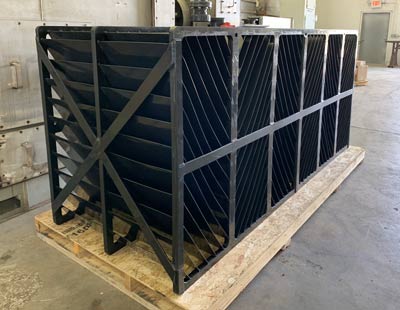
The Monroe X-Flo Separator Plate Pack provides exceptional oil separation but also easily sheds solids due to larger spacing between separator plates. The Monroe X-Flo Separator Plate Pack can be constructed from corrosion resistant thermoplastics such as UHMW and Polypropylene, or stainless steel and high-grade metal alloys.
If you are having issues with your Oil/Water Separator, know that there is help. Give Monroe a call and we can discuss retrofitting your tanks with our superior media, or pilot testing to prove out our technology before full scale commitment.

